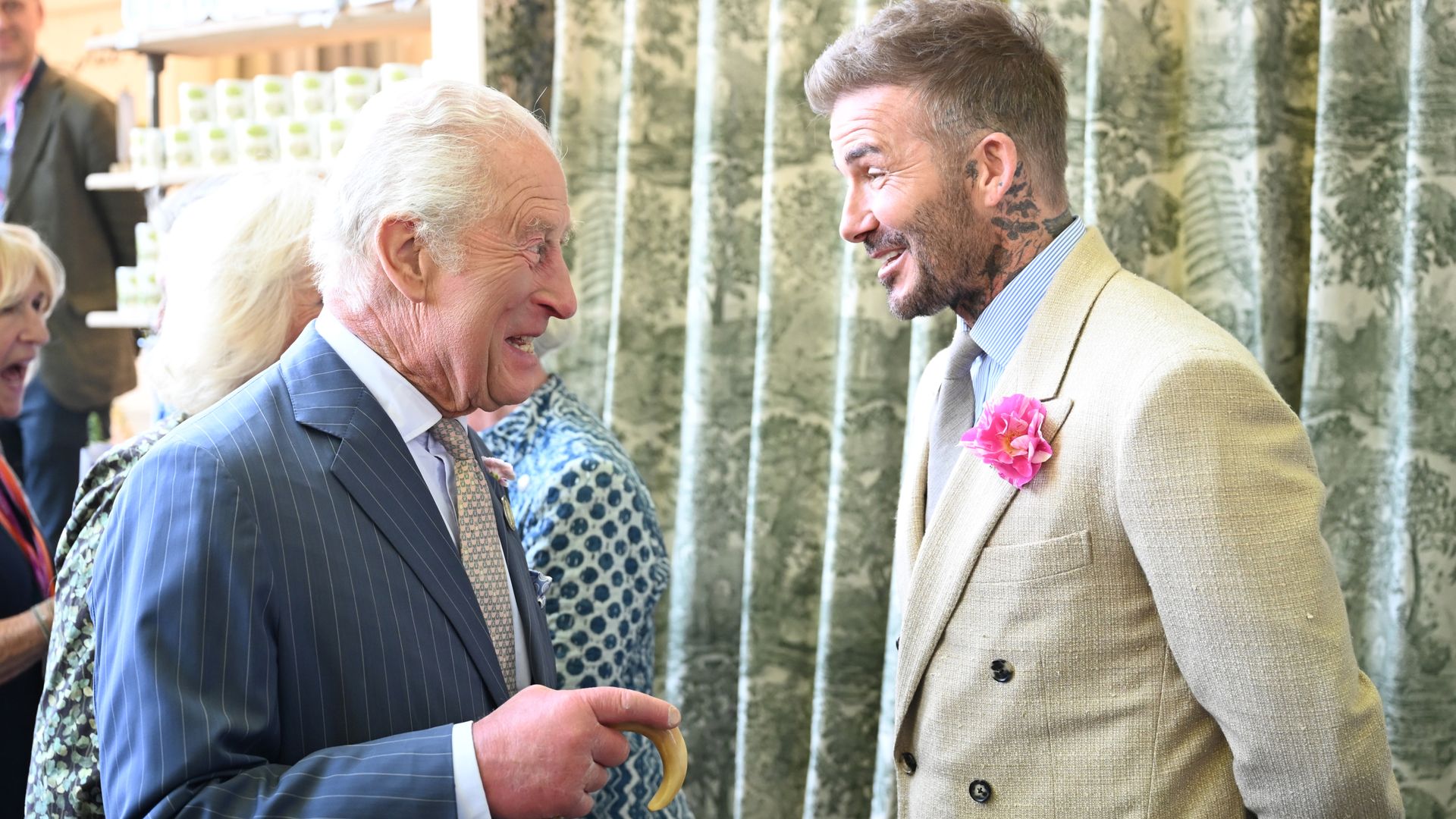The Complete Guide to Warts and Skin Health
Understand warts, their causes, and impact on skin health. Explore all treatment options, from home remedies to advanced therapies and prevention strategies.

Understanding Warts and Their Impact on Skin Health
Warts are a common skin condition that affect millions of people worldwide. Although usually harmless, they can cause discomfort, irritation, and embarrassment, especially when they appear in visible areas or become painful. From common warts on the hands to plantar warts on the feet and even genital warts, these small growths can significantly affect both physical comfort and self-confidence.
This comprehensive guide explores what warts are, why they develop, and how they impact your skin’s health. We’ll also look at both traditional and cutting-edge treatment options, including promising advanced warts treatment trials currently in development.
What Are Warts and How Do They Form?
Warts are skin growths caused by the human papillomavirus (HPV), which enters the skin through small cuts or abrasions. Once inside, the virus stimulates the rapid growth of cells on the outer layer of the skin, leading to the formation of a wart. These growths can vary in appearance depending on their type and location, but most are rough to the touch and raised above the skin’s surface.
Types of Warts:
- Common Warts: These appear mostly on the hands and fingers. They are typically rough and raised.
- Plantar Warts: Found on the soles of the feet, these can be painful and make walking uncomfortable.
- Genital Warts: These appear in the genital and anal areas and are caused by specific strains of HPV.
- Flat Warts: Smaller and smoother, flat warts often occur in large numbers on the face, neck, or legs.
The development of warts depends on multiple factors, including the strength of your immune system, skin condition, and exposure to the virus. It’s possible to catch the virus through direct contact with someone who has warts or by touching contaminated surfaces.
Signs and Symptoms:
- Raised, rough bumps on the skin
- Tiny black dots inside the wart (clogged blood vessels)
- Pain or tenderness when pressure is applied (especially for plantar war
The Connection Between Warts and Skin Health
Though typically benign, warts can impact your skin’s overall health. The virus disrupts the skin’s natural defenses, creating an environment that encourages abnormal cell growth. Repeated skin trauma—such as picking at warts—can worsen the problem and even lead to scarring. Moreover, untreated warts can spread to other parts of the body or to other people.
People with weakened immune systems or chronic skin conditions are more susceptible to warts. Children, too, are often affected due to their still-developing immune responses. Because warts are contagious, close contact in households, gyms, or locker rooms can increase the risk of spreading them.
How to Prevent Warts: Simple Steps for Skin Protection
Preventing warts begins with maintaining good hygiene and protecting your skin. Washing your hands regularly, especially after touching shared surfaces or objects, can reduce the risk of contracting HPV. Avoiding direct contact with warts—both your own and others’—is also important. If you already have a wart, keeping it covered can help prevent spreading the virus to others or to different areas of your body.
Foot protection is also key. Wearing sandals in communal showers, gyms, and pool areas can guard against plantar warts. These environments are often warm and moist—ideal conditions for HPV to thrive. Supporting your immune system through proper nutrition, regular exercise, and adequate sleep can further reduce your chances of developing warts.
Treating Warts: Over the Counter and Medical Solutions
Warts can sometimes disappear on their own, but treatment is often necessary—especially if they cause pain or embarrassment. Over-the-counter options like salicylic acid are widely available and work by softening the wart, allowing it to be removed layer by layer. Another common approach is home freezing sprays, which attempt to kill wart tissue by rapid cooling.
When home remedies don’t work or if the wart is particularly stubborn, medical treatments may be needed. Dermatologists can offer professional cryotherapy using liquid nitrogen, which freezes the wart more effectively. Laser therapy is another option, using focused light to destroy the wart without harming surrounding skin. In some cases, minor surgical removal or electrosurgery may be recommended.
A growing area of interest involves advanced warts treatment trials. These include experimental immunotherapies that aim to trigger the body’s natural defenses to eliminate the wart virus more efficiently. Such innovations are showing promising results, especially for individuals with recurring or treatment-resistant warts.
New Solutions for Treating Stubborn Plantar Warts
Plantar warts—those that grow on the soles of the feet—are notoriously difficult to treat due to their location and tendency to grow inward under pressure. These warts often feel like walking on pebbles and can cause significant discomfort during everyday activities.
New treatments are emerging to address this challenge. Improved laser therapies target the blood vessels that feed the wart, effectively cutting off its life supply. Immunotherapy, which stimulates your immune system to fight the virus, is another breakthrough for treating stubborn plantar warts. Even refined cryotherapy techniques are offering better outcomes by penetrating deeper into the affected tissue.
If you’ve struggled with plantar warts that resist conventional treatment, it may be worth exploring these modern solutions with a specialist.
The Psychological Impact of Warts on Skin Health
Beyond physical symptoms, warts can also affect your emotional and psychological well-being. Many people feel embarrassed or self-conscious about visible warts, particularly on the face, hands, or genitals. This discomfort can impact social interactions, self-esteem, and even lead to anxiety or depression in more serious cases.
Children and teenagers may feel especially vulnerable, as appearance often plays a large role in their self-confidence. Educating young people about warts and reassuring them that they are treatable and not a sign of poor hygiene can help reduce the stigma
Conclusion:
Warts may be common, but they shouldn't be ignored—especially when they affect your comfort, confidence, or quality of life. Whether you're dealing with a minor common wart or a stubborn plantar wart, early intervention and the right treatment plan can make a significant difference. As research advances, more effective solutions are becoming available, and emerging care for plantar warts offers renewed hope for those who’ve struggled with recurring or painful growths
By understanding the causes, practicing prevention, and exploring both traditional and modern treatment methods, you can protect your skin and restore its health. Don’t hesitate to consult with a healthcare professional to find the most effective solution tailored to your needs.
What's Your Reaction?
 Like
0
Like
0
 Dislike
0
Dislike
0
 Love
0
Love
0
 Funny
0
Funny
0
 Angry
0
Angry
0
 Sad
0
Sad
0
 Wow
0
Wow
0









































